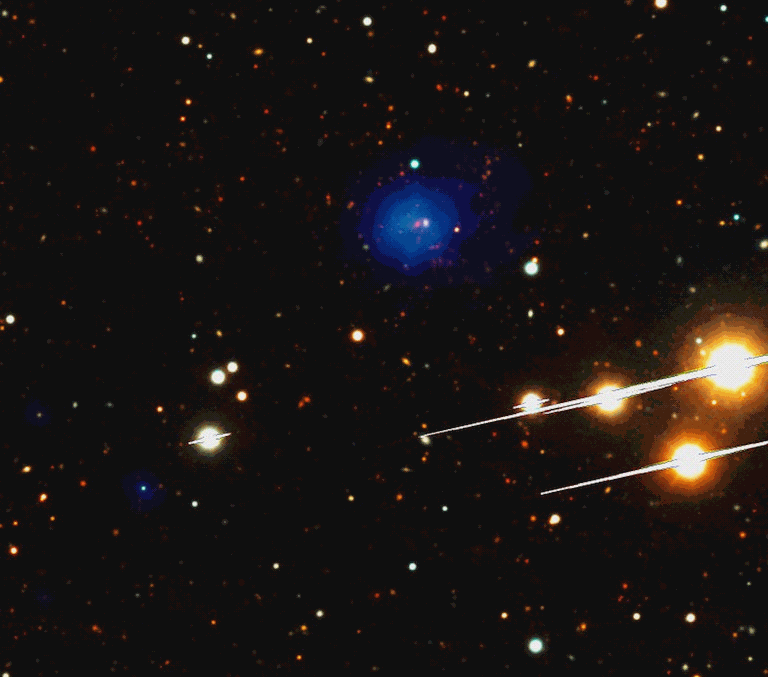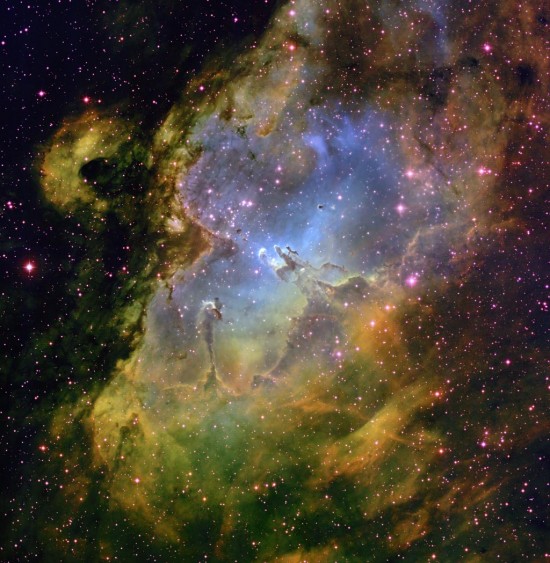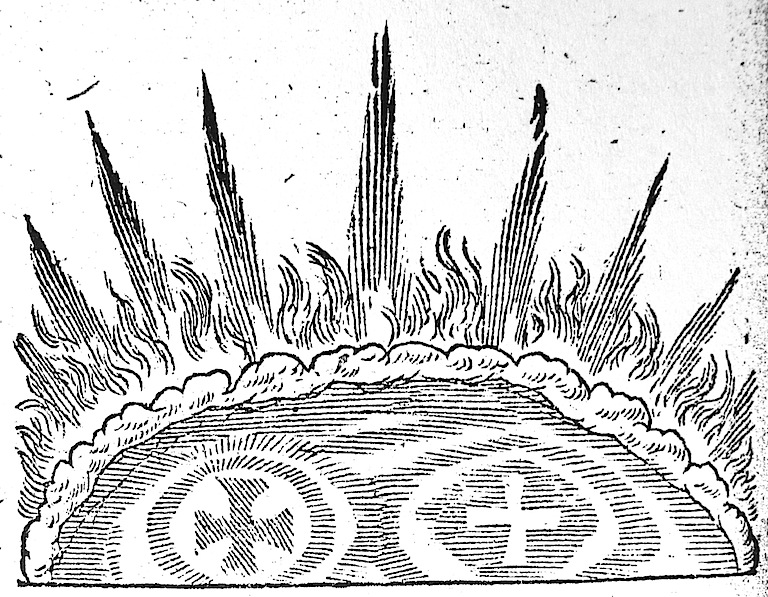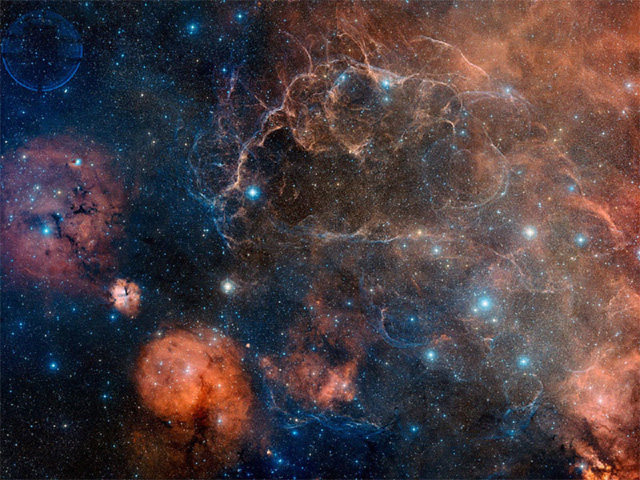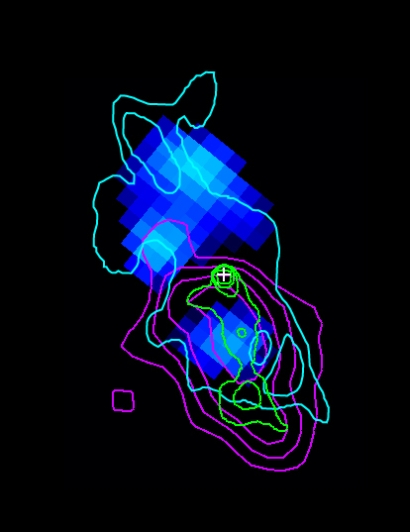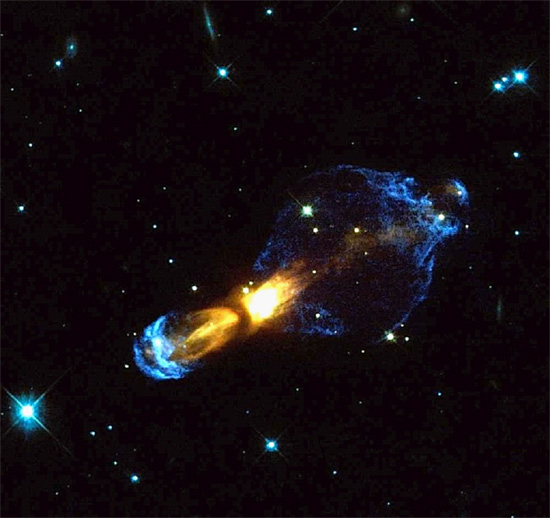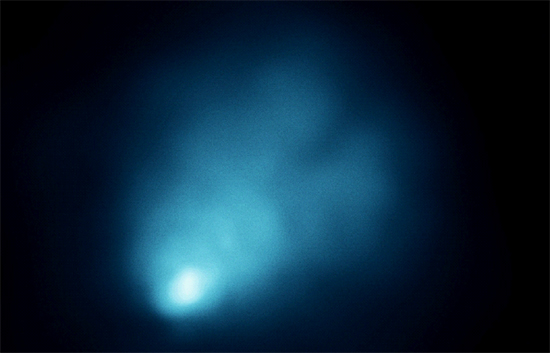On the Shoulders of Suppressed Giants Part Two
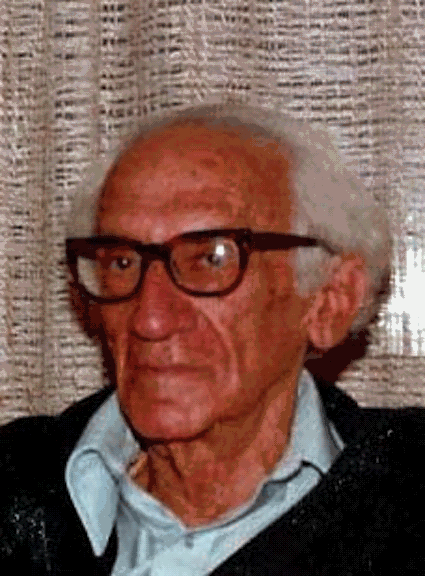
From left to right: F. Gutekunst, Ignatius Loyola Donnelly (c. 1898). Courtesy Minnesota Historical Society, Saint Paul, Minnesota. Anonymous, William Comyns Beaumont (date unknown). Bob Kobres, Immanuel Velikovsky (1978) Jan 23, 2012 In bestsellers published in 1882 and 1883, the American politician and amateur scientist Ignatius Loyola Donnelly (1831-1901) perpetuated the enthralling hypothesis of…








